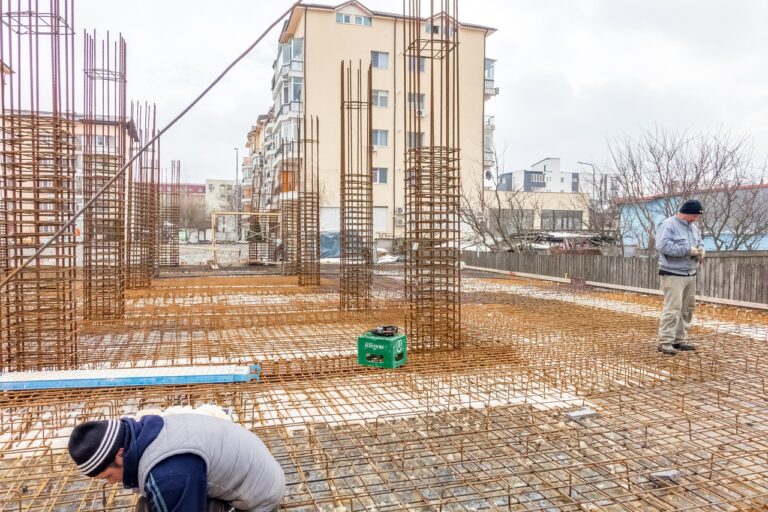The Rise of Smart Grids: Renewable Energy Distribution
Smart grids incorporate various essential components to enhance the efficiency and reliability of energy distribution systems. One crucial element is advanced metering infrastructure, which enables real-time monitoring of energy consumption and facilitates demand response initiatives. With smart meters, utility companies can pinpoint consumption patterns, identify peaks, and implement strategies to optimize energy usage.
Another key component of smart grids is distribution automation, which involves deploying sensors, communication devices, and control systems along the grid. These components work together to detect faults, isolate affected areas, and reroute power seamlessly, reducing downtime and improving overall system resilience. By automating grid operations, utilities can respond proactively to disruptions and ensure a more stable and responsive energy distribution network.
Advantages of Renewable Energy Distribution
Renewable energy distribution is a pivotal component of modern energy systems. The utilization of sources such as solar, wind, and hydro power contributes to a more sustainable and environmentally friendly energy landscape. By diversifying the sources of energy generation, renewable energy distribution helps reduce reliance on finite fossil fuels, thus mitigating harmful emissions and fostering a cleaner environment.
Moreover, the decentralized nature of renewable energy distribution enhances energy security and resilience. By dispersing generation across various locations, the risk of widespread power outages due to system failures or natural disasters is minimized. This decentralized approach also empowers local communities and businesses to generate their own electricity, promoting self-sufficiency and autonomy in energy production.







